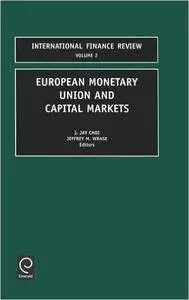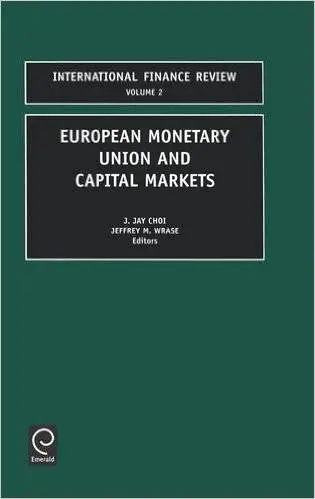European Monetary Union and Capital Markets (International Finance Review, V. 2) (International Finance Review, V. 2) by Paul M. Kirk
English | Dec. 1, 2001 | ISBN: 0762308303 | 260 Pages | PDF | 12 MB
English | Dec. 1, 2001 | ISBN: 0762308303 | 260 Pages | PDF | 12 MB
To form a more perfect economic union and to establish a single market financially, economically and politically, 11 European countries founded a common currency and a European Central Bank, and created a new monetary unit, the euro, on 1st January, 1999. On that date, the old national currencies officially became subunits of the euro, much as the nickel and quarter are subunits of the dollar. signed the Treaty on European Union, commonly known as the Maastricht Treaty, which outlined a basic structure for the alliance. However, of those 15 countries, only 11 initially joined the European Monetary Union (EMU): three countries opted out, and another did not meet the economic criteria established for membership in the union. The EMU countries decided that the benefits of having one common currency instead of 11 different ones would outweigh the costs, especially given the amount of travel, trade and financial flow that takes place between these countries. categories - adjustments in goods and labour markets, adjustments in money and capital markets, and institutional adjustments when a group of countries adopt a common currency (and a common monetary policy), but retain quasi-independent fiscal (and other economic) policies. The relation between monetary union and capital market integration is also highlighted.



